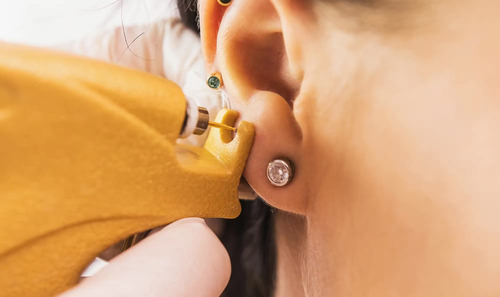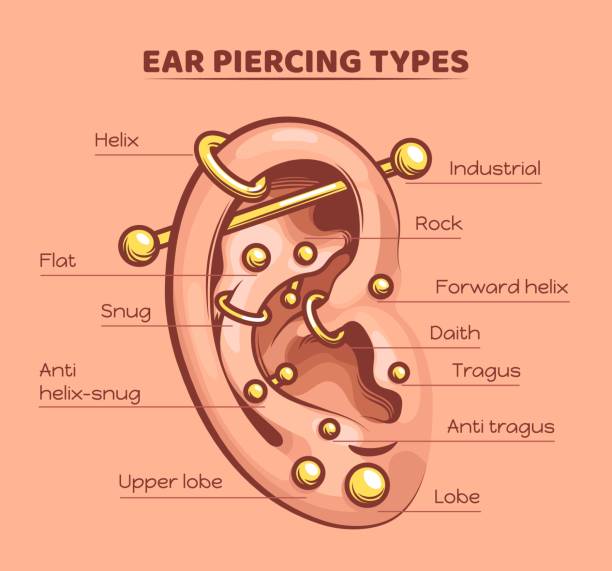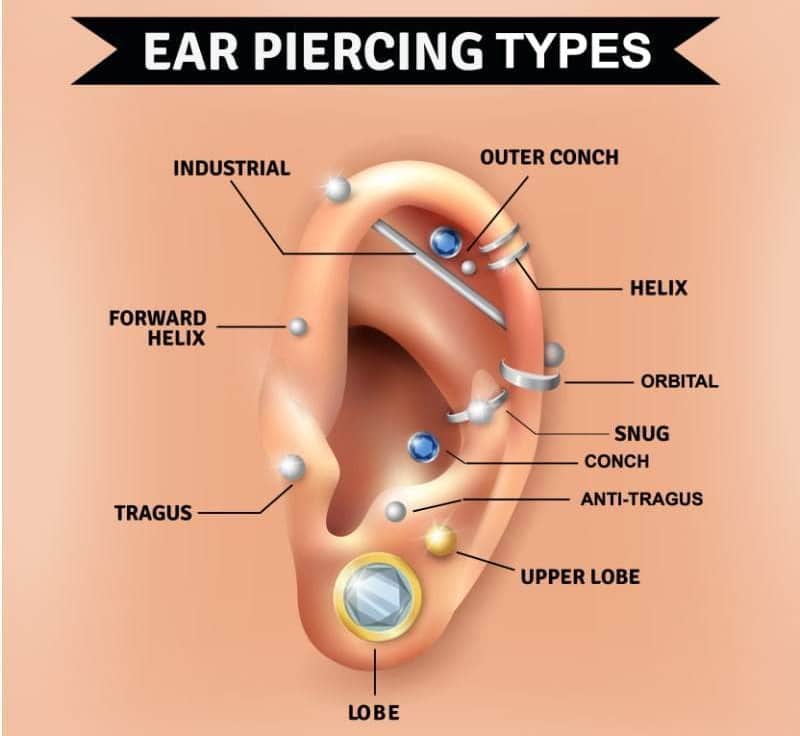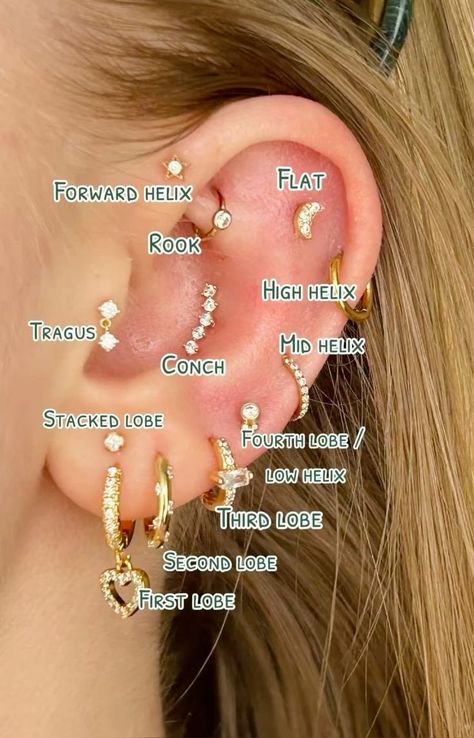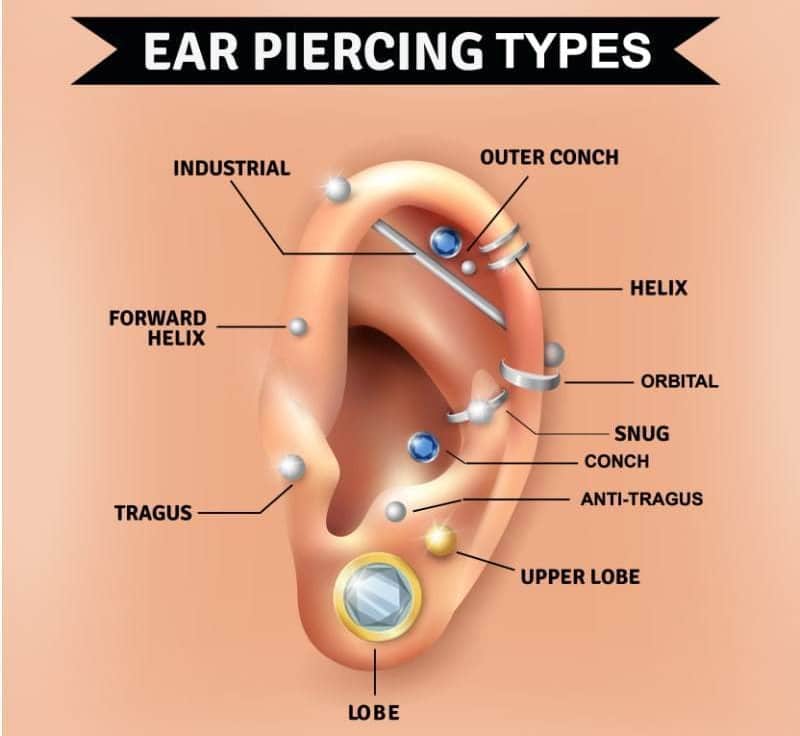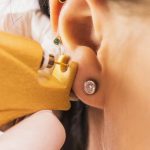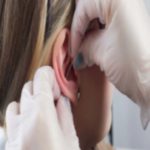Common Conch Piercing Problems and How to Fix Them
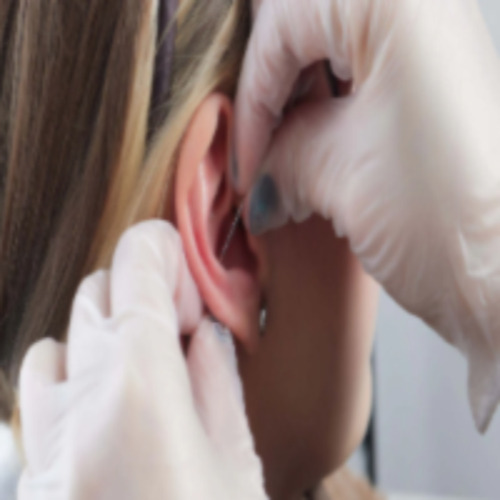
INTRODUCTION: Why Conch Piercing Issues Are So Common
A conch piercing is one of the trendiest and most eye-catching ear piercings for 2025 and the upcoming 2026 fashion season. However, because it’s done on the cartilage, not the soft lobe, it’s also one of the trickiest to heal.
Many people face common conch piercing problems like swelling, infection, or jewelry irritation, but don’t worry. With the right care and modern aftercare trends, you can fix and prevent these issues easily.
Let’s explore the most common problems and practical solutions to keep your conch piercing beautiful and healthy.
Understanding Your Conch Piercing
Before fixing any issue, it’s essential to know what kind of conch piercing you have.
Inner vs Outer Conch Piercing
- Inner Conch Piercing: Located deep inside the ear cartilage—great for small studs or gemstones.
- Outer Conch Piercing: Placed along the outer edge of the cartilage—perfect for hoops and cuffs.
Each type heals differently and requires specific care.
Healing Timeline Overview
Typically, a conch piercing takes 6 to 12 months to fully heal. Factors like hygiene, jewelry type, and your immune system affect recovery speed.
Top 10 Common Conch Piercing Problems (2025–2026)
Let’s look at the top problems piercing enthusiasts face today—and what’s trending as solutions.
1. Swelling and Redness
Mild swelling and redness are normal after piercing, but should subside in a few days. If it persists, it may indicate irritation.
Fix: Use a sterile saline solution twice daily and avoid touching it with unwashed hands.
2. Infection After Conch Piercing
Infection remains the most common issue, usually caused by bacteria or poor hygiene.
Fix: Clean with antimicrobial saline sprays. Avoid alcohol or hydrogen peroxide—they can slow healing. If pus or fever develops, see a doctor.
3. Keloids or Bumps
Bumps can form from trauma, sleeping pressure, or using cheap jewelry.
Fix: Apply a warm saline compress twice a day. Avoid squeezing or picking at it. Consider titanium jewelry to prevent irritation.
4. Prolonged Pain or Tenderness
Pain lasting beyond the first few weeks could mean the jewelry is too tight or incorrectly placed.
Fix: Visit a professional piercer for adjustment and switch to lighter jewelry.
5. Migration or Jewelry Rejection
If your jewelry seems to move or your skin thins around it, your body may be rejecting it.
Fix: Replace with implant-grade titanium and avoid trauma or constant pressure.
6. Itching and Dryness
This often happens when the skin around your piercing dries out.
Fix: Use a gentle saline mist and avoid harsh soaps. Lightly moisturize with jojoba or vitamin E oil (only around—not inside—the piercing).
7. After Conch Piercing Bleeding During Healing
Occasional bleeding is normal, but frequent bleeding could mean your jewelry is snagging or too tight.
Fix: Adjust jewelry with your piercer and avoid sleeping on that side.
8. Jewelry Getting Stuck or Tangled
Hair, masks, and headphones often snag on conch jewelry.
Fix: Opt for flat-back studs or seamless hoops during healing and tie your hair away from your ear.
9. Allergic Reactions to Metal
Nickel is a common cause of allergic reactions.
Fix: Always choose hypoallergenic jewelry materials like titanium, niobium, or gold.
10. Slow Healing Process After Conch Piercing
If your piercing still feels sore after several months, it’s likely due to improper cleaning or poor jewelry choice.
Fix: Follow a consistent cleaning routine and use lightweight jewelry. Avoid swimming pools and sleeping on that ear.
Effective Solutions to Fix Each Problem After Conch Piercing
Cleaning and Disinfection Routine
- Clean twice a day with a saline spray or sterile saltwater
- Avoid alcohol-based products
- Dry gently with a clean paper towel
Using the Right Jewelry Material
Best options for 2025–2026:
- Titanium (ASTM-F136) – for sensitive skin
- 14K Gold or Platinum – for luxury and durability
- Surgical Steel (316L) – affordable and safe
Lifestyle Adjustments for Better Healing
- Sleep on the opposite side
- Avoid hair products and perfumes near your piercing
- Keep headphones and masks away from the area
Aftercare Conch Piercing Modern Trends (2025–2026)
Aftercare methods are evolving with new tech and natural remedies.
Use of Nano-Saline Sprays
Piercing experts now recommend nano-saline sprays, which deliver ultra-fine mist particles for faster absorption and healing.
Healing Oils and Natural Remedies
Organic tea tree oil, chamomile compresses, and aloe vera gel are gaining popularity for reducing inflammation and soothing the skin.
When to See a Professional Piercer or Doctor
You should seek professional help if:
- The piercing leaks yellow or green pus
- You have a fever or chills
- The bump grows rapidly or bleeds continuously
- The jewelry embeds into your skin
Never attempt to remove infected jewelry on your own, as it can trap the infection inside.
FAQs
1. How do I know if my conch piercing is infected?
If it’s swollen, hot, red, and oozing yellow discharge, it’s likely infected. Visit a doctor for antibiotics.
2. Can I remove jewelry during an infection?
No, that can trap the infection. Keep it in until a professional advises removal.
3. How long should I wait before changing jewelry?
Wait at least 6 months, or until your piercer confirms that the piercing has fully healed.
4. Why do I have a bump on my piercing?
It could be a keloid or an irritation bump caused by trauma or poor cleaning.
5. Is it safe to use tea tree oil?
Yes, but only diluted with a carrier oil and used sparingly.
6. How can I speed up healing?
Stick to a gentle cleaning routine, eat a balanced diet, and get enough rest.
Conclusion
Conch piercings are beautiful, but they need patience and proper care. By understanding common conch piercing problems and using the right solutions, you can avoid complications and enjoy your stylish ear accessory with confidence in 2025 and beyond.
Always follow expert advice, use quality jewelry, and keep hygiene your top priority. Your piercing deserves the best, and with consistency, it’ll stay healthy, shiny, and Instagram-ready!
FOR MORE INFORMATION: Bloggingshub.com


